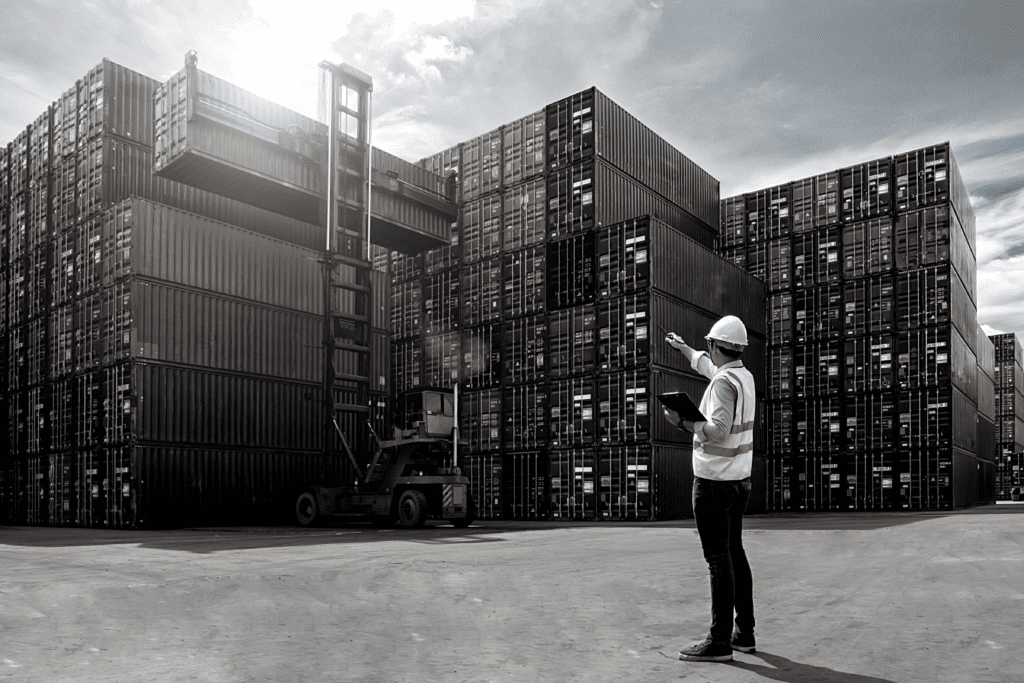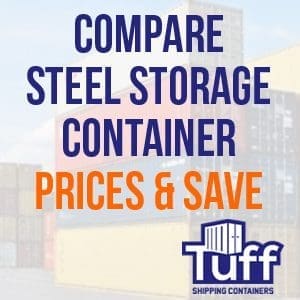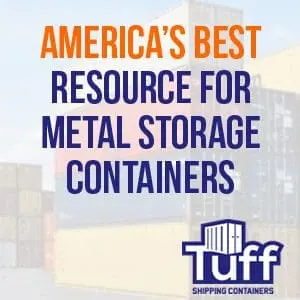
Ensuring Safety and Security on Construction Sites
In the world of construction, nothing holds more value than the safety and security of the workers on the job site. Every construction site, regardless of its size, presents its unique set of challenges that can pose potential risks to workers, equipment, and the project at large. To address these risks, site managers and owners must be proactive, combining best practices, technology, and innovative solutions to ensure a safe working environment. Let’s dive deeper into some paramount strategies to foster safety and security on construction sites.
Comprehensive Training and Education
Before a worker sets foot on a construction site, they should undergo rigorous training. This training shouldn’t only focus on their specific task but should encompass a holistic understanding of safety protocols, equipment usage, and emergency response procedures. Continuous on-the-job training and periodic refresher courses ensure that safety remains a top priority and that workers stay updated with the latest safety guidelines.
Let’s explore some of the crucial certifications that can bolster safety on the construction site:
1. OSHA Training and Certification: The Occupational Safety and Health Administration (OSHA) offers a myriad of training courses and certification programs. The OSHA 10 and OSHA 30 are among the most recognized, focusing on general safety and health hazards. Earning these certifications indicates that a worker understands the fundamental safety protocols and is aware of how to navigate and mitigate common site risks.
2. First Aid and CPR: While everyone hopes these skills aren’t needed, having workers certified in first aid and CPR is crucial. Quick and knowledgeable responses to injuries or medical emergencies can mean the difference between life and death. Many organizations, such as the American Red Cross, offer these trainings tailored to the construction industry’s specific challenges.
3. Certified Safety Professional (CSP): Offered by the Board of Certified Safety Professionals, this certification goes deep into safety procedures and risk management practices. Those holding a CSP are well-equipped to lead safety initiatives and trainings on the job site.
4. Scaffold Training: Considering the frequent use of scaffolding in construction projects, specialized training in its safe erection, alteration, and dismantling is indispensable. This training also encompasses the safe usage of scaffolding, ensuring that workers understand load limits, proper access procedures, and potential hazards.
5. Hazardous Material Handling: Many construction sites deal with hazardous materials, whether they’re solvents, adhesives, or other chemicals. Workers trained and certified in hazardous material handling are well-versed in storage, usage, and disposal protocols, ensuring that these materials don’t pose a risk to people or the environment.
6. Equipment-Specific Certifications: From cranes to bulldozers and everything in between, operating heavy machinery requires specialized knowledge. Certifications for specific equipment types guarantee that operators understand the nuances of the machinery, can operate them safely, and can recognize and address potential issues.
7. National Commission for the Certification of Crane Operators (NCCCO): This certification ensures that crane operators have met the standards set by the NCCCO in terms of performance and safety. Given the significant risks associated with crane operation, this certification is often a prerequisite on many construction sites.

It’s worth noting that while certifications are a testament to a worker’s training and knowledge, ongoing education is vital. The world of construction is ever-evolving, with new equipment, materials, and techniques emerging regularly. Continuous training ensures that workers stay updated, and construction sites remain as safe as possible.
By prioritizing comprehensive training, education, and certification, construction companies not only ensure the safety and well-being of their employees but also boost their reputation in the industry. In an environment where risks are inherent, a commitment to safety can truly set a company apart.
Adequate Personal Protective Equipment (PPE)
PPE acts as the first line of defense against onsite injuries. Helmets, safety goggles, high-visibility vests, gloves, and steel-toed boots are just a few of the essential pieces of protective gear that workers should wear. Regular inspection and timely replacement of PPE are crucial to ensure they provide maximum protection.
Why Does PPE Matter?
Each piece of protective equipment is meticulously designed to counter specific hazards. Hard hats, for instance, protect workers from falling debris or accidental head impacts. Safety goggles shield the eyes from dust, debris, and harmful splashes, while earplugs reduce exposure to potentially damaging noise levels. Respirators guard against inhalation of harmful particles or gases, and safety boots with steel toes and non-slip soles prevent foot injuries and slips or falls.
Beyond their obvious protective functions, the regular use of PPE fosters a culture of safety. When workers see their colleagues and supervisors consistently wearing and prioritizing PPE, it reinforces its importance and encourages its widespread adoption. This culture isn’t just about compliance; it’s about creating an environment where safety is paramount, and everyone is vigilant.
Moreover, the utilization of PPE also has economic implications. By minimizing accidents and injuries, companies can reduce downtime, insurance costs, and potential legal liabilities. In essence, an investment in PPE is not just an investment in safety but also in the economic health of a business.
Installation of Surveillance and Monitoring Systems
A monitored construction site is a safer site. Surveillance cameras can deter theft, vandalism, and other unwanted activities. But they also serve the purpose of monitoring work procedures, allowing supervisors to pinpoint risky behaviors or unsafe practices that might otherwise go unnoticed.


Regular Site Inspections
Routine inspections can identify and mitigate potential hazards. Whether it’s an improperly secured scaffold, a misplaced tool, or a pile of debris, identifying these risks early can prevent accidents and injuries.
The Integral Role of Regular Site Inspections
In the bustling world of construction, where numerous activities happen simultaneously, ensuring that every process is adhering to safety standards can be a Herculean task. Enter regular site inspections, an essential tool in the arsenal of construction safety. While the very phrase ‘site inspection’ might induce a sense of anxiety among some, it’s an endeavor that yields profound benefits for everyone involved.
Shifting Perception: Embracing Inspections as Preventive Measures
At first glance, site inspections might seem like a mechanism to find faults and shortcomings. However, a more progressive and productive way to view them is as preventive tools. Rather than zeroing in on mistakes and penalizing them, inspections are opportunities to spot potential hazards before they escalate into actual threats. It’s a proactive approach, focusing on preempting problems rather than reacting to them.
- Ensuring Continuity and Consistency: Regular site inspections ensure that safety protocols are not just established at the beginning of a project but are continuously adhered to throughout its duration. This continuous oversight ensures that safety measures remain consistent, even as the site evolves and different phases of construction commence.
- Foster a Culture of Safety and Accountability: When workers are aware that regular inspections are a part of the site routine, it heightens their sense of responsibility. It subtly reinforces the idea that safety is everyone’s duty and that every individual’s actions are integral to the overall well-being of the site. This awareness fosters a collective sense of ownership and accountability, pushing everyone to be at their best.
- Financial and Reputational Savings: Beyond the obvious benefit of keeping workers safe, regular inspections can lead to significant financial savings. By identifying and addressing potential risks early, companies can sidestep costly accidents, delays, and repairs. Moreover, in a world where reputation is invaluable, maintaining a track record of safety can enhance a company’s standing among clients and partners, leading to more business opportunities.
- Building Trust and Open Communication: Contrary to the belief that inspections might create an environment of mistrust, they can actually facilitate open channels of communication. Workers can voice their concerns, share observations, and even provide suggestions. This two-way dialogue not only makes inspections more effective but also bolsters trust between management and the workforce.


Clear Signage and Barriers
Clearly marked zones, especially around high-risk areas like excavation sites or zones with heavy machinery, are critical. Signs that indicate danger zones, guide foot traffic, or warn about potential hazards play an essential role in preventing onsite injuries.
Emergency Response Preparedness
In the unfortunate event of an accident, a rapid and efficient emergency response can make all the difference. Every construction site should have an emergency action plan in place. This includes accessible first aid kits, clear evacuation routes, and regular drills to ensure everyone knows their role in case of an emergency.
The unpredictable nature of construction environments means that the potential for accidents or unforeseen incidents is always present. However, a comprehensive emergency response plan can significantly mitigate the consequences of such incidents. Here’s why emergency response preparedness is essential and how construction sites can cultivate it.
Understanding the Significance of Emergency Preparedness
In the critical moments following an accident or an emergency, swift and organized action can mean the difference between a minor incident and a major catastrophe. Preparedness ensures that every individual on the site knows their role, actions are coordinated, and resources are utilized optimally.
Key Components of Emergency Response Preparedness:
- Risk Assessment: Before creating an emergency plan, it’s vital to conduct a thorough risk assessment of the construction site. Identify all potential hazards, be it machinery malfunction, fire hazards, chemical spills, or natural disasters pertinent to the location. This will shape the emergency protocols required.
- Clear Communication Protocols: Establish a clear chain of command and communication. Everyone should know who to report to in case of emergencies. Using tools like walkie-talkies or dedicated emergency communication channels can be beneficial.
- Emergency Training and Drills: Merely having a plan on paper is insufficient. Regular training sessions and drills ensure that every individual is familiar with the emergency protocols. It helps in identifying any gaps in the plan and provides a real-time understanding of how the plan unfolds.
- Medical Preparedness: First aid training for staff, along with accessible and well-stocked first aid kits, are essential. For larger sites, having a medical professional on standby can be invaluable. Also, establish ties with nearby medical facilities for prompt medical attention when required.
- Evacuation Plans: Clearly marked evacuation routes, assembly points, and regular evacuation drills ensure that in the event of an emergency, workers can leave the site swiftly and safely.
- Resource Allocation: Designate a secure location for emergency resources like fire extinguishers, spill containment kits, and other emergency tools. Ensure they are checked and replenished regularly.
- Documentation and Reporting: Post any incident, document the details. What happened? How was it addressed? Were there any injuries? This not only aids in legal and insurance procedures but can also provide insights to prevent future incidents.
- Review and Revise: The construction environment is dynamic. As projects progress, risks can change. It’s essential to review and, if necessary, revise the emergency response plan periodically.



Ensuring Equipment and Material Security
While the safety of workers is paramount, securing the tools, equipment, and materials is also crucial. Lost, stolen, or damaged equipment can delay projects and increase costs. Here is where innovative solutions like buying shipping containers come into play.
Shipping containers, known for their robust and weatherproof design, can serve as secure storage units on construction sites. Their sturdy structure can deter theft and vandalism, safeguarding valuable equipment and materials from both external threats and the elements. Moreover, their portability means they can be strategically placed for optimal accessibility, ensuring tools and equipment are stored safely when not in use but are readily available when needed.
Safety and security on a construction site are multifaceted challenges that require a combination of training, vigilance, and innovative solutions. While the primary goal is always to protect workers and ensure their well-being, the security of equipment and materials is also paramount. By incorporating strategies like using shipping containers for secure storage, construction sites can further bolster their defense against potential risks. Here at Tuff Shipping Containers, we understand the unique challenges of construction sites and are always ready to offer solutions that align with your safety and security goals.

Leave a Reply